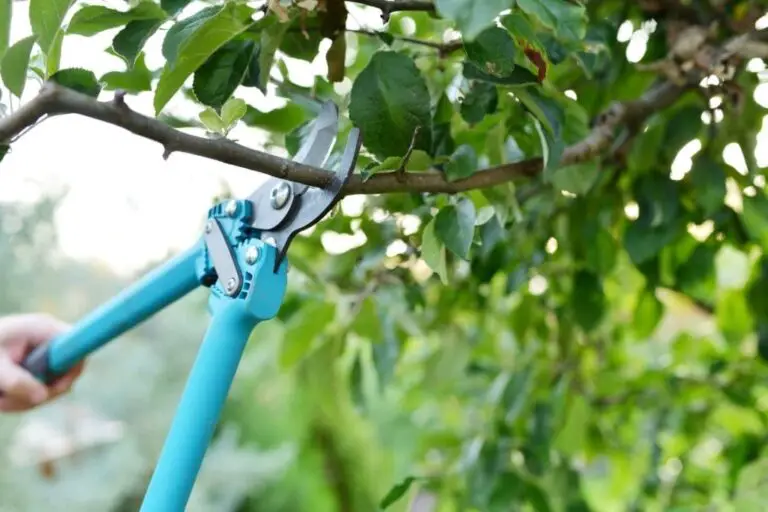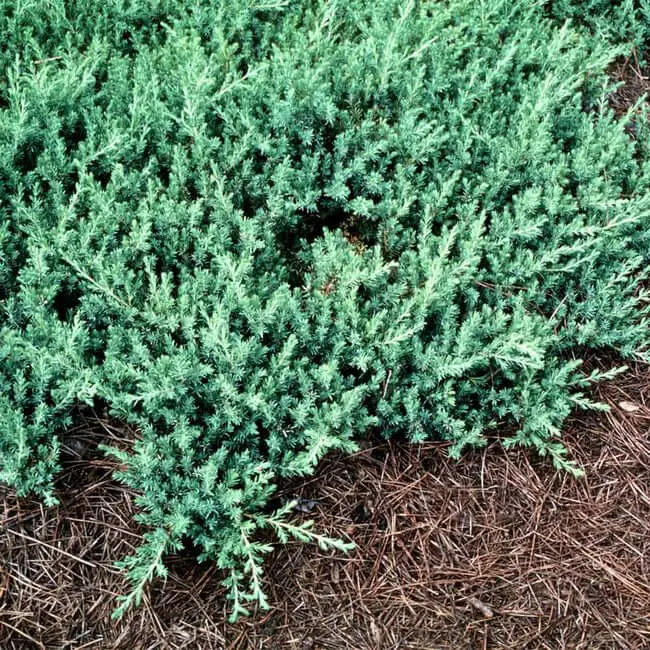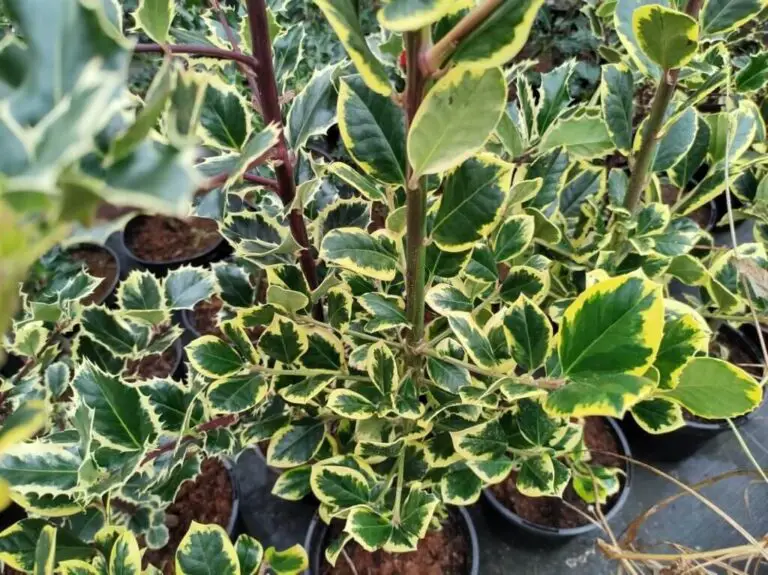Types Of Daffodil Flowers: How To Grow, And Care For Narcissus Bulbs
Daffodils, often referred to as the heralds of spring, signal the arrival of warmer weather when they begin to bloom. Their bright and cheerful appearance makes them an ideal choice for borders, accents, and even container gardens. As a cut flower, daffodils also add a touch of elegance to any arrangement. However, like many bulb flowers, daffodils require some maintenance after each blooming period.
To ensure they continue to thrive, it’s essential to understand their unique needs and characteristics. This article aims to provide an in-depth guide on how to grow and care for daffodils, covering topics such as different types of daffodils, planting, soil, fertilization, sunlight, watering, humidity, temperature, repotting, pruning, propagation, transplanting, and winter care. Additionally, we’ll address common questions and concerns about daffodil diseases, pests, toxicity, and more.
Daffodils facts
Daffodils are a stunning sight to behold, but beyond their striking appearance and hardy nature lies a rich tapestry of fascinating facts about this beloved flower. For instance, did you know that the daffodil is officially recognized as March’s birth month flower? Moreover, while they are typically perennials, annual versions of these bulbs do exist, with pre-chilled planting being a popular method in regions with hotter and more humid climates.
Interestingly, botanically speaking, the term ‘daffodil’ refers to all flowers within the Narcissus family, which includes paperwhites and jonquils, among others. In England, these flowers are affectionately known as lent lilies, while in Wales they hold a special place as the national flower, where spotting the first bloom is said to bring wealth and prosperity. Furthermore, it’s estimated that there are at least 13,000 hybrids of daffodils that have been crossed from over 25 known species.
Daffodils meaning & symbolism
Daffodils embody a profound sense of respect, fresh starts, and regeneration, as they are often seen as harbingers of spring’s arrival. This symbolism stems from their association with Narcissus, a name derived from Greek mythology. According to legend, the water nymphs transformed Narcissus into a flower after he drowned while admiring his own reflection.
In Europe, particularly in England, daffodils have been a recurring motif in poetry, appearing in works by renowned authors such as Vincent van Gogh, A. E. Housman, Henry Wadsworth Longfellow, William Shakespeare, and Robert Frost. In China, these flowers are a popular choice for New Year celebrations, symbolizing good fortune and prosperity. Additionally, they hold significance on St. David’s Day in Wales, where their blooming coincides with the celebration of David’s faithfulness.
Furthermore, the daffodil is also the official emblem of the American Cancer Society.
Types of daffodils flowers
Split Corona Daffodils
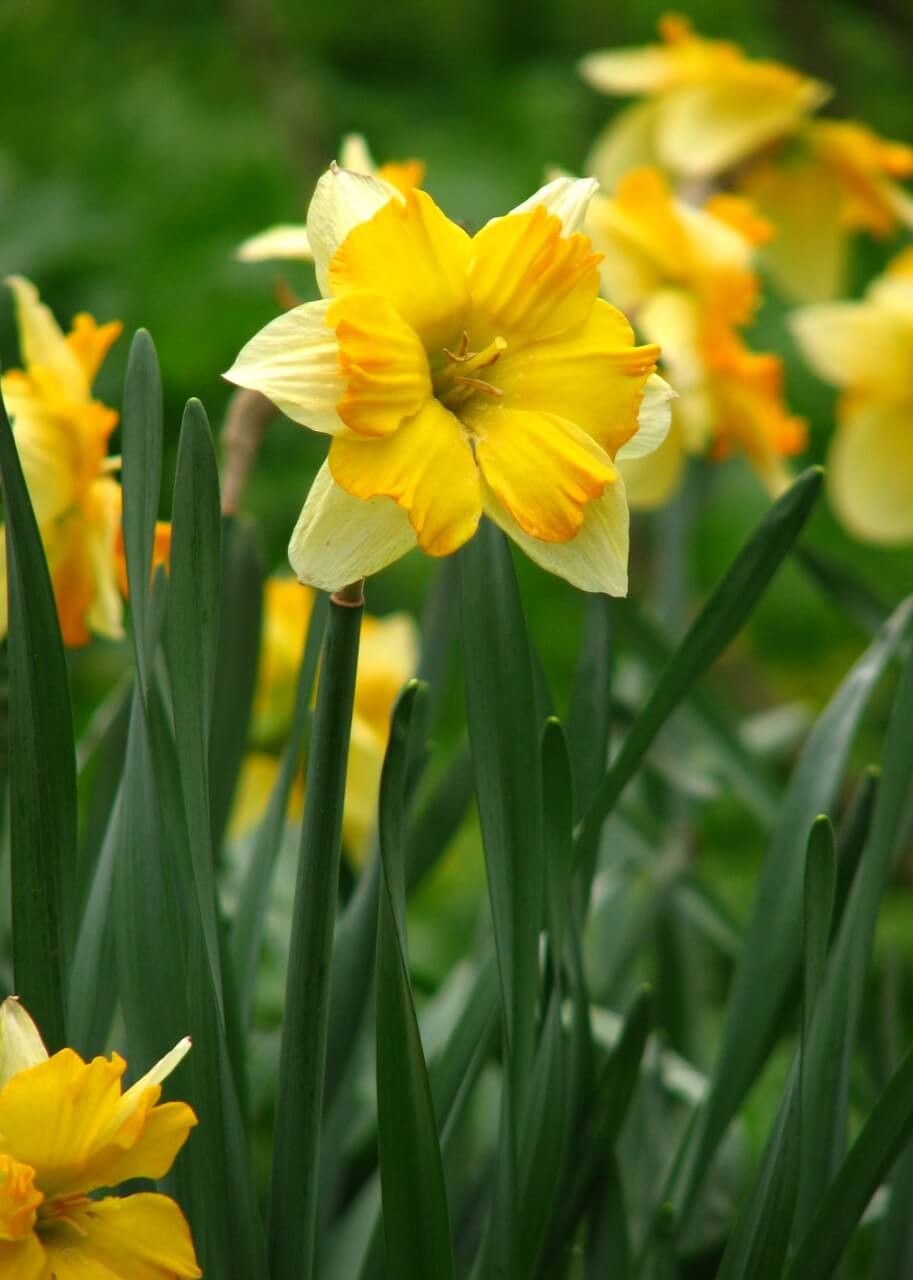
Among the most striking flowers to emerge in the spring, this particular variety of daffodil stands out for its impressive stature and vibrant blooms. While many daffodils are characterized by their trumpet-shaped petals, this one boasts a unique open-faced design, allowing its large, showy flowers to unfurl in all their glory. Available in both an old-rose hue and pure white, these stunning blooms are sure to brighten up any garden or vase.
Poeticus Daffodils (Narcissus poeticus)
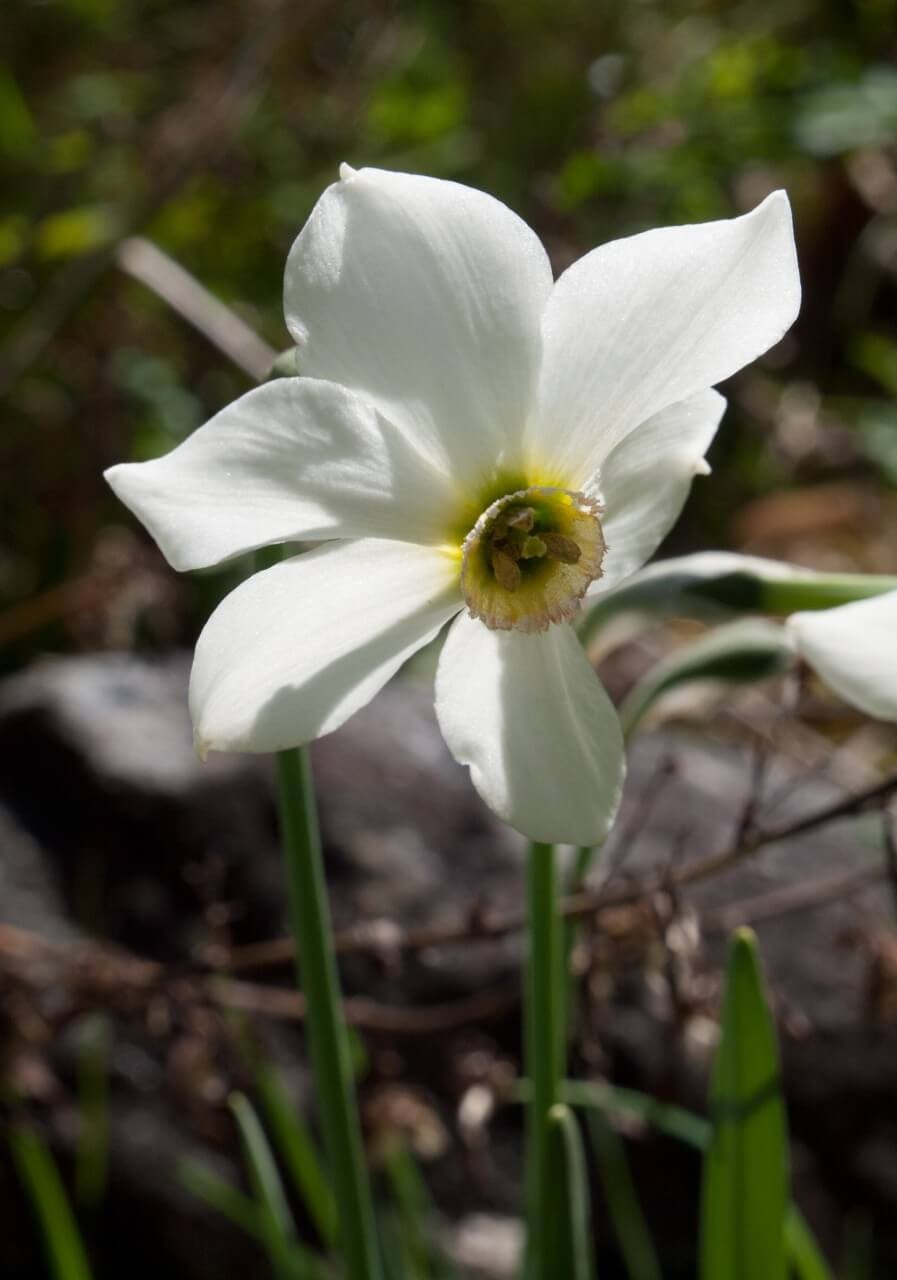
The ‘Pheasant’s Eye’ daffodil is a highly acclaimed variety, boasting a distinctive aroma and striking floral arrangement. Its bright yellow petals are rimmed with deep red, surrounded by pure white trumpet-shaped blooms that unfurl solo on each stem in the late spring season.
Triandrus Daffodils (Narcissus ‘Thalia’)
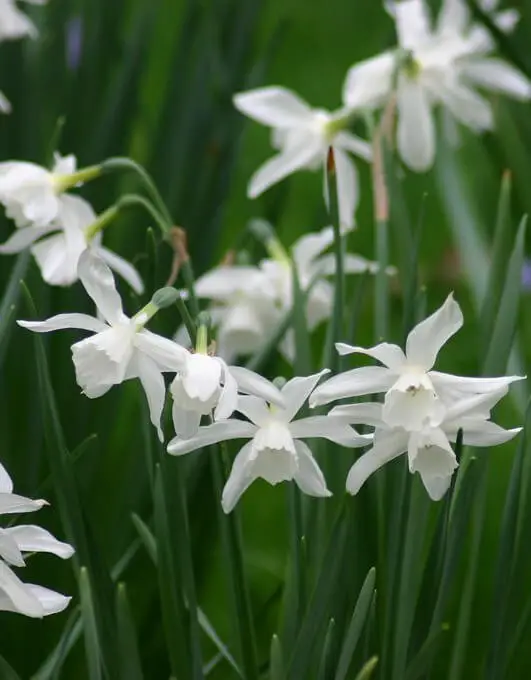
Among the most fragrant varieties, the ‘Orchid Narcissus’ boasts an abundance of sweet-scented blooms. In mid-spring, its stems are adorned with three to four large, nodding white flowers that unfurl in a delightful display of beauty. What’s more, this daffodil is renowned for its remarkable longevity, making it a standout choice for garden enthusiasts.
Large-Cupped Daffodils (Narcissus ‘Carlton’)
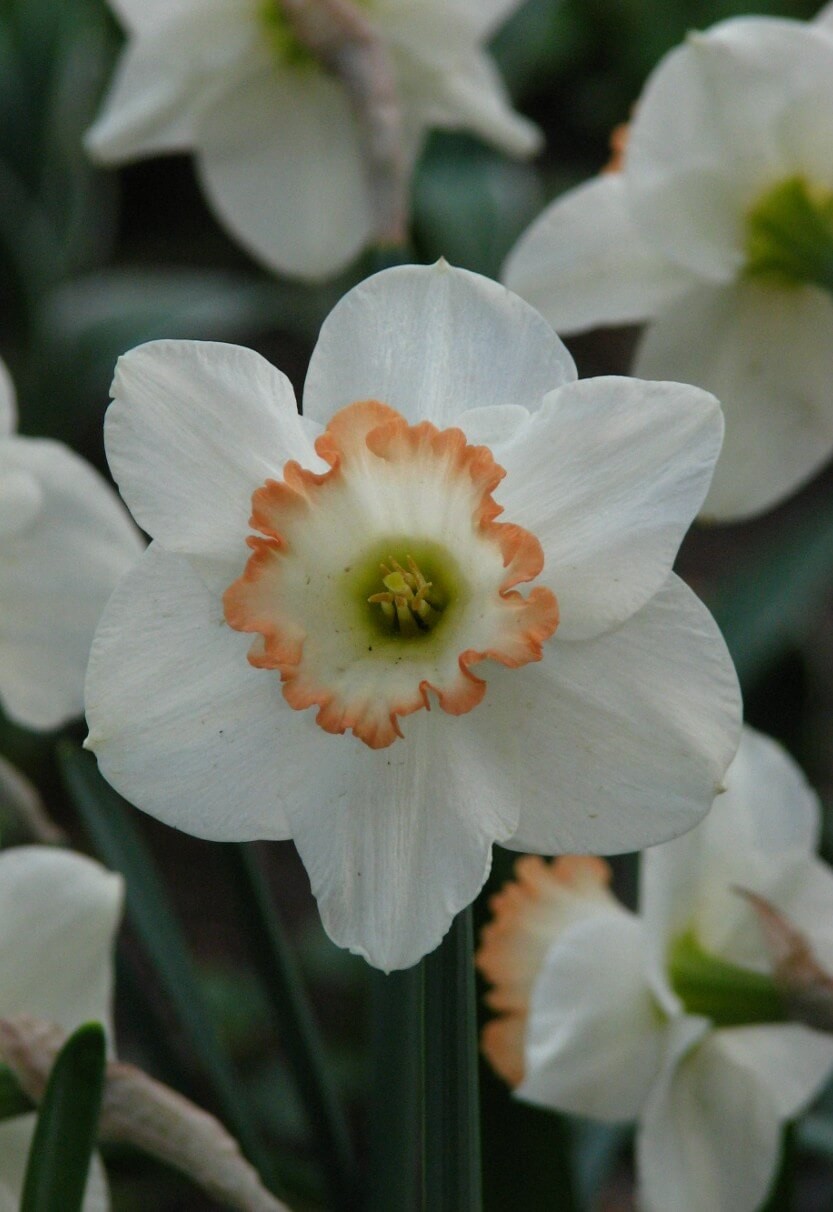
This striking plant boasts a unique feature – it blooms with large, trumpet-shaped, and golden yellow flowers that overlap beautifully in early spring. Notably, it has earned an impressive reputation due to its distinctive vanilla fragrance, which is often described as rich and inviting. Moreover, this variety is renowned for its exceptional hardiness, effortlessly thriving in a broad range of environments and naturalizing with ease.
Trumpet Daffodils (Trumpet Narcissus)
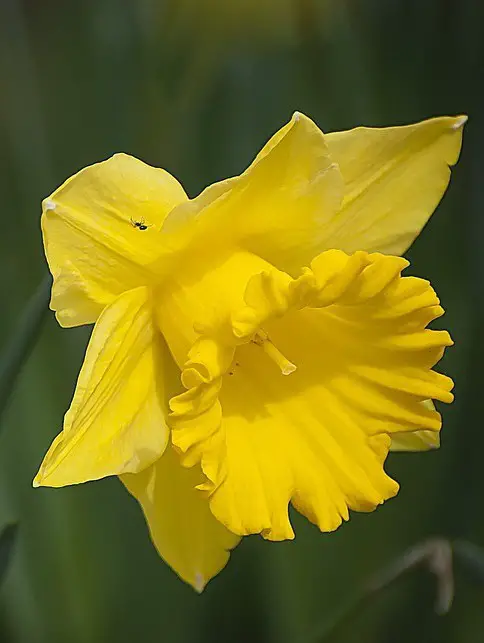
The mid-sized daffodil variety is characterized by its striking trumpet-shaped flowers, featuring a vibrant lemon-yellow base that gradually transitions to golden yellow petals with delicate ruffled edges. Unique to this type of daffodil is the single, solitary bloom that adorns each stem throughout the entire spring season.
Small-Cupped Daffodils (Narcissus ‘Barrett Browning’)
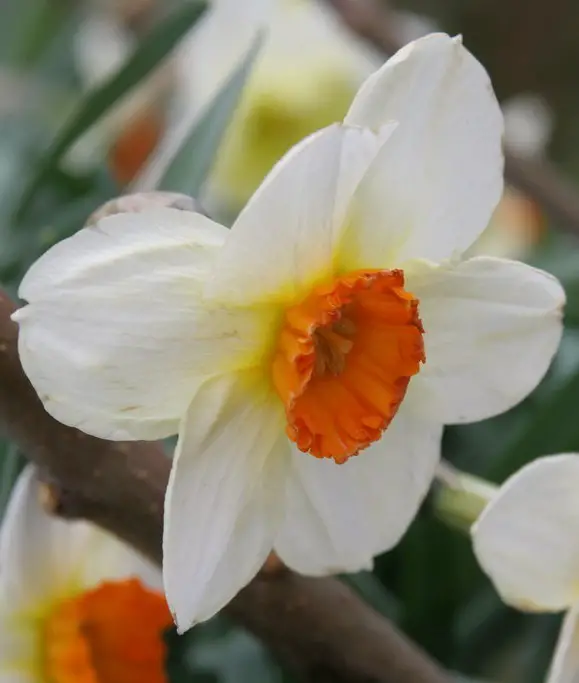
The striking features of this variety include its substantial blooms, measuring approximately 10 centimeters in diameter. The central cup of each flower is a vibrant red hue, while the overlapping petals surrounding it are a pure white tone with a subtle frilling at their edges. This cultivar proves to be an excellent choice for adding a pop of color along borders or as a unique addition to floral arrangements.
Petticoat daffodil or hoop-petticoat daffodil (Narcissus bulbocodium)

The Daffodil ‘Hoop Petticoat’ stands out as one of the most popular varieties, characterized by its unique combination of short, narrow petals and funnel-shaped cups. Despite its compact growth habit, this daffodil is a prolific bloomer during the spring season, producing an abundance of flowers. Notably, it thrives in acidic soils and has the tendency to self-seed, making it a low-maintenance addition to any garden.
Tazetta Daffodils (Narcissus tazetta)
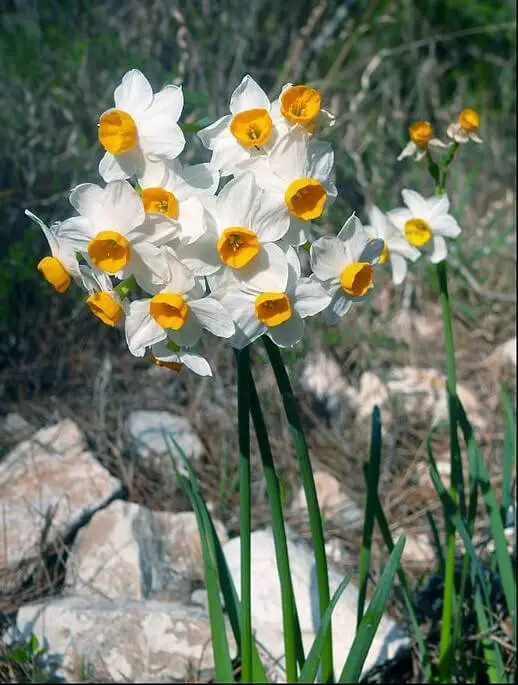
The ‘sturdy stem cut’ daffodil variety stands out for its robust stems and heady, sweet fragrance. A single stem typically yields 4-6 vibrant blooms with delicate yellow/white petals and striking orange cups that burst forth during spring’s awakening.
Jonquilla Daffodils/rush daffodil (Narcissus jonquilla)
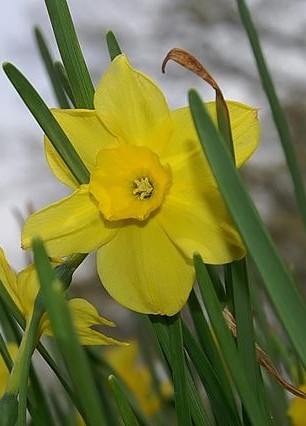
Standing out from its peers, this daffodil variety boasts an impressive all-around performance. Its prolonged bloom time can last up to five weeks or more, showcasing a unique trait among its kind. As each bulb matures, it produces multiple stems, with each stem featuring 2-3 clustered flowers. The resulting blooms are medium-sized and characterized by open, cup-shaped structures that transition from a vibrant yellow-lemon hue at the tips to creamy white towards the centers.
Cyclamineus Daffodils (Narcissus cyclamineus)
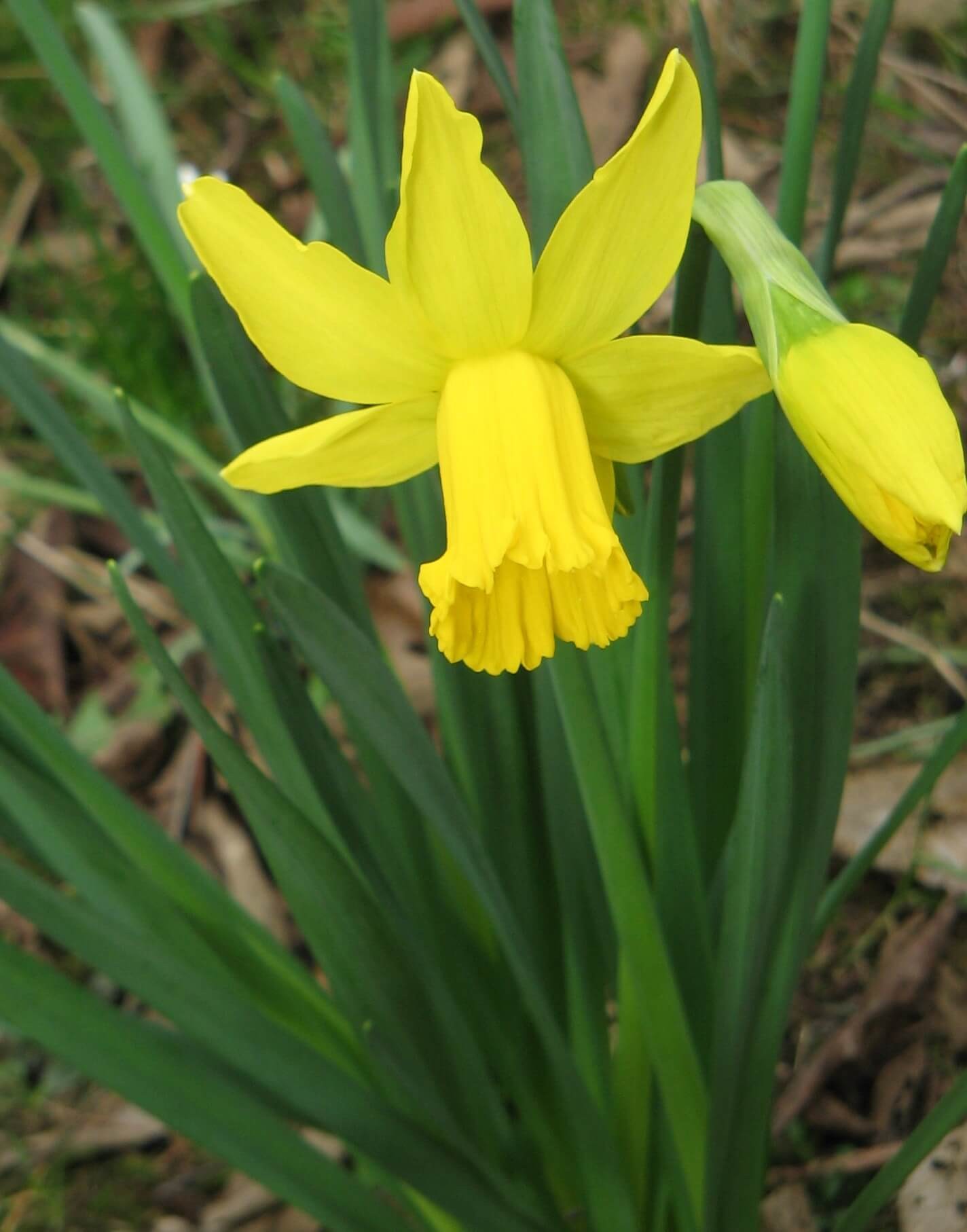
One of the most sought-after dwarf narcissus varieties is the Jetfire, also known as simply Nectarine. Despite its compact stature, this charming bulb produces showy blooms featuring vibrant yellow petals and striking red-orange trumpets. As a hardy border flower, it thrives throughout spring, bringing a pop of color to any garden.
Double Daffodils (Double Narcissus)
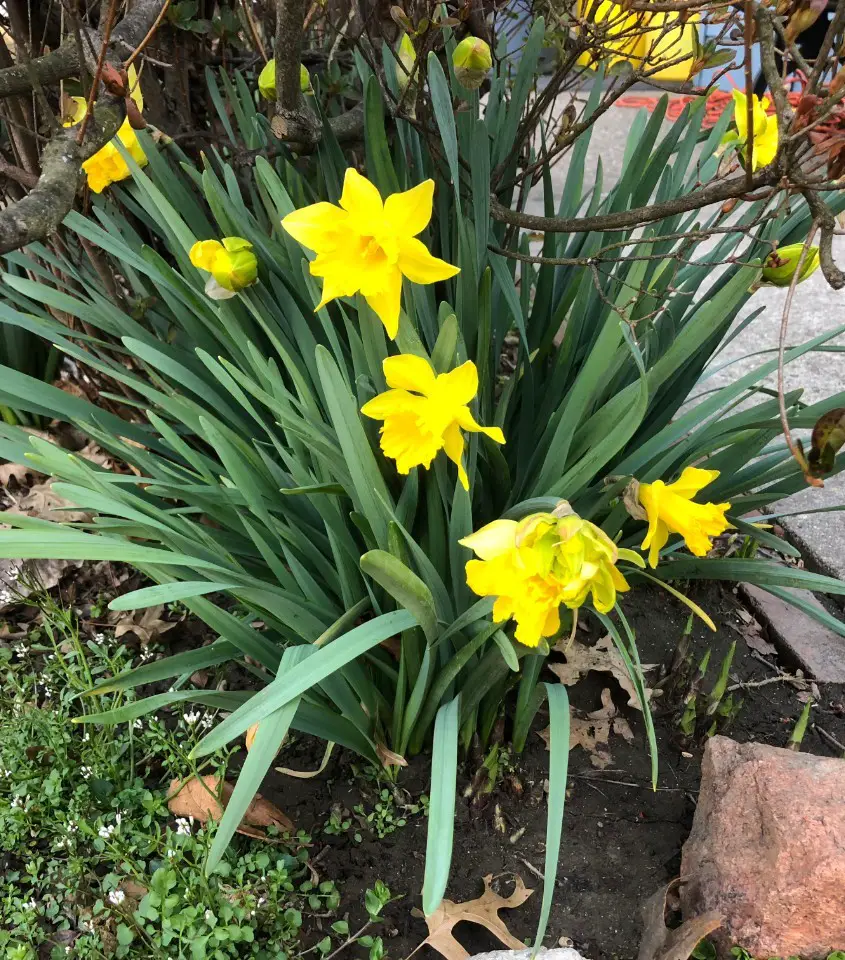
The apricot-pink beauty of this early-to-mid spring-blooming flower is undeniable. Its robust stems give rise to a stunning display of solitary or multiple double-flowers, each one boasting creamy white petals that graduate to ruffled edges and subtle apricot-pink tinges at their center.
Planting daffodils flowers
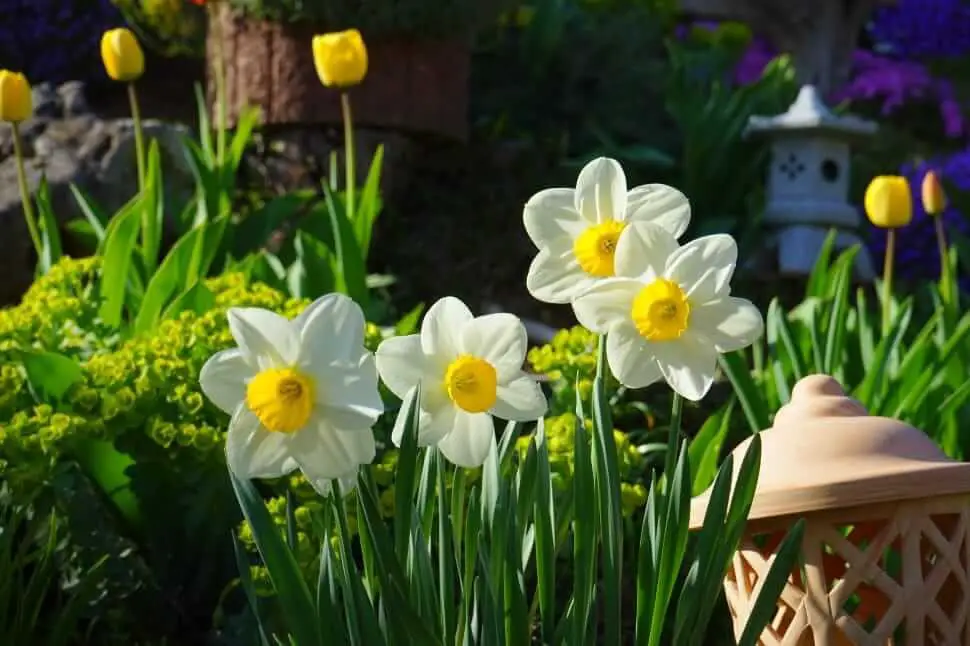
When to plant
When it comes to planting daffodil bulbs, timing is crucial. The ideal period is during the fall season, with September being a prime time. At this stage, the hot summer soils have dissipated, and the ground has cooled, allowing for optimal bulb establishment. For warmer climates, December can still be a suitable planting window, as long as the soil isn’t waterlogged or frozen.
However, if you miss the fall window, don’t worry – pre-potted bulbs are available from late winter to spring, providing an alternative opportunity to get your daffodil growing started.
Where to plant
When it comes to planting daffodils, it’s essential to provide them with the right amount of sunlight. They thrive in areas that receive full sun to partial shade and dappled sunlight during their growing season or immediately after planting. This is crucial for healthy growth and development. If you’re planning to plant daffodils indoors, make sure the spot receives sufficient light.
If this isn’t possible, consider relocating them to a room where the temperature remains above 45°F (7°C) and there’s adequate indirect sunlight.
How to plant
When it comes to planting daffodils, selecting the right bulbs is crucial. Opt for those that are not too dry, as the larger the bulb, the better it will perform. When choosing a location, aim for areas that receive partial to full sun. Regardless of whether you’re planting in-ground or using containers, ensure the soil is well-draining and fertile.
The ideal planting depth varies depending on your climate – 1-3 inches is suitable for most regions, while harsher winter climates may require a deeper planting of 3-5 inches. For garden beds, space daffodils at least 3-6 inches apart to allow for proper growth. To give your bulbs an extra boost, apply bulb fertilizer immediately after planting and consider adding rodent deterrent to each hole to prevent unwanted digging.
Daffodils care
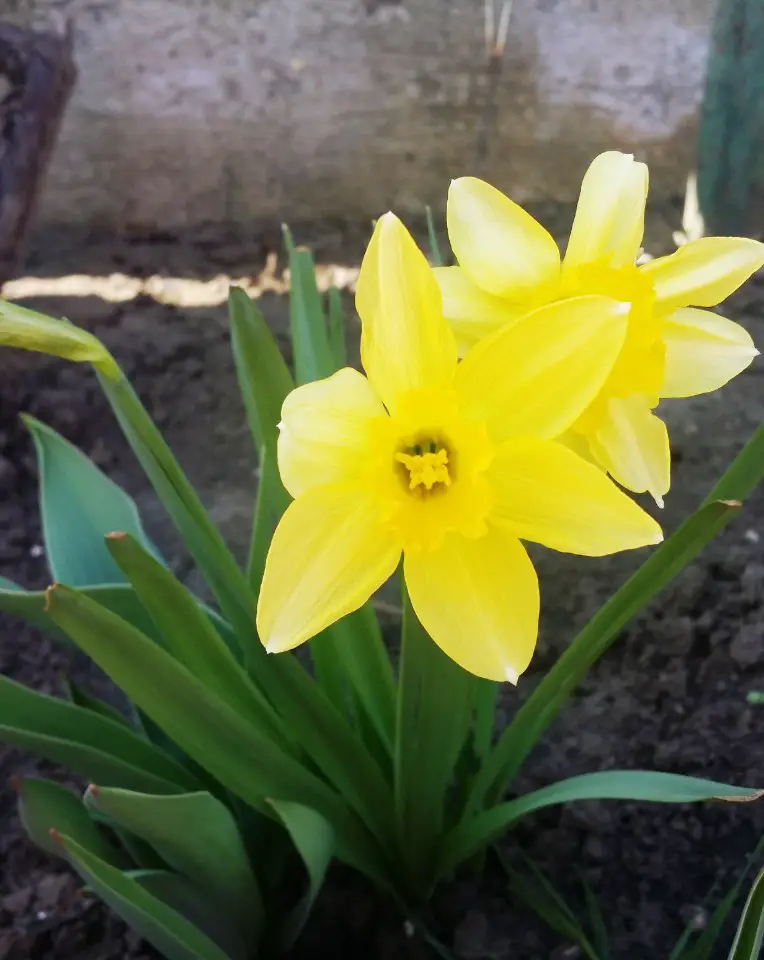
Soil
When cultivating daffodils, it’s essential to provide them with fertile and well-draining soil. Soggy or heavy clay soils can lead to waterlogging issues. Interestingly, incorporating ground coffee into the soil can have numerous benefits for these flowers. It enhances drainage, allows for better water retention, and even improves aeration. By taking this simple step, you can create an ideal environment for your daffodils to thrive.
Fertilizer
When it comes to bulb care, the initial planting process is relatively straightforward. Following the planting of your bulbs, a simple application of bulb fertilizer is all that’s required. As for ongoing maintenance, spring is an excellent time to fertilize, ensuring your plants receive the nutrients they need to thrive. However, if you notice your blooms fall short of expectations during this period, it may be necessary to adjust your fertilizer approach.
In such cases, consider switching to a high potassium and low nitrogen formula. By doing so, you’ll give your bulbs a boost to help them perform better during their next blooming cycle.
Sun & Light
To ensure a bountiful harvest of seeds, daffodils thrive in sunny locations that facilitate consistent photosynthesis. This annual process allows the flowers to bloom repeatedly throughout the year. While they do well in full sun, dappled light or partial shade can also support healthy growth during the growing season.
Water requirements
To thrive, daffodils require consistent watering, particularly during spring and fall when they’re more active. Aim for twice-weekly sessions, ensuring the soil is thoroughly moistened. As winter approaches, you’ll need to adapt your routine. If you bring the plant indoors or if snow covers the outside environment, daily watering will be necessary until the corms are fully matured.
Once the last bloom has faded and summer arrives, suspend watering for three weeks to allow the plant to enter its dormant phase.
Humidity and temperature
When it comes to providing the perfect environment for daffodils, temperature plays a crucial role. Ideally, they thrive in a range of 29°F to 60°F (around -2°C to 15°C), with temperatures below this range acceptable but prolonged exposure to frost potentially damaging bulb production. For optimal results, consider relocating your daffodils to an indoor spot with low humidity and a consistent temperature of around 40-45°F (4-7°C).
Repotting
To ensure a thriving daffodil garden, it’s crucial to divide these flowers every three years. This process is particularly important when you notice the blooms shrinking in size over time, indicating that the root stocks have become congested. A simple way to identify when division is necessary is to locate where the leaves begin to wither and take your cue from there. From this point forward, you can repot healthy bulbs, placing them in a spot that receives sufficient sunlight.
Pruning
While the blooming process is complete, it’s essential not to hastily remove the dead flowers. Instead, prune away only the deceased blooms and stems, leaving the leaves intact. This allows the bulbs to replenish their energy reserves, which are crucial for producing seeds that will support future bloom times. If you need to eliminate the plants or individual flowers, be sure to snip them off at the base or gently twist the leaves while pulling, taking care not to damage any remaining foliage.
Following this step, it’s vital to enrich the soil with organic compost, which will help optimize the bloom rate for next year.
Propagation
To ensure the successful propagation of tulips, it’s crucial to start with healthy bulbs. While division can be an effective method for achieving this, it’s typically only necessary every three to five years, provided that the bulbs have been continuously producing blooms during that timeframe.
Transplant daffodils
When transplanting your prized tulips, it’s essential to wait until the blooms have naturally wilted or the foliage has turned a warm yellow hue. This typically occurs during the late spring and mid-summer seasons. Once this process is complete, carefully unearth the previously saved bulbs and follow the established planting procedures. In contrast, autumn provides an ideal window for transplanting, allowing your tulips to flourish in their new location.
How to care for daffodils in winter
When it comes to overwintered daffodils, don’t worry about their cold hardiness, as they can withstand frost without issue. However, it’s crucial to keep an eye out for potential waterlogging issues in the soil, particularly when grown in containers. Waterlogging can lead to root rots and fungi infestations, which can be detrimental to your daffodils’ health.
How to care for daffodils indoors
When selecting a container for your daffodil, make sure it’s deep enough to accommodate the bulb’s root growth and storage needs. A pot with an 8-12 inch diameter and 8-inch depth is ideal for first-time indoor growers. Fill the container with a well-draining potting mix, followed by a layer of soil that covers the bulb. Provide sufficient water, as needed, and place the pot in a cool, dark location at a consistent temperature of around 45°Fahrenheit for the next four months.
After the blooming period has passed, it’s essential to relocate the pot to a shadier spot and maintain regular watering – once per week should suffice. To promote optimal health, consider adding bone meal to the soil. With proper care, indoor or potted daffodils can thrive for up to three years.
Daffodils diseases & pests
Daffodils may be hardy in many aspects, but they’re not entirely immune to pests and diseases. One common pest that affects daffodils is the narcissus fly, which thrives in hot, humid, and windless conditions. These flies lay eggs at the base of the plant, leading to the emergence of larvae after just seven days. The larvae then begin feeding on the bulbs, causing significant damage.
Another pest to watch out for is bulb scale mites, often characterized by the appearance of black spots on the foliage. This hot-climate disease can be effectively managed with regular inspection and weeding.
In addition to these pests, daffodils may also fall prey to slugs, snails, and swift moths if proper care is not taken. These pests target the leaves and stems of the plant, causing significant damage.
Disease-wise, hot summers can lead to basal rots, which are considered one of the most serious daffodil diseases. Symptoms include early foliage dying and watery bulbs with rot stains.
If gray spores appear, it’s likely that smoulder disease is present. Although not fatal, this disease can significantly impact bulb yield and flower volume next year. Leaf scorching can also occur in extreme heat.
In all cases, the most effective interventions are weeding, the use of insecticides or fungicides, and ensuring that correct care requirements are met to prevent these problems from arising.
Toxicity of daffodils
While many bulbs may be considered toxic, daffodils stand out as particularly hazardous to animals if consumed in excess. In fact, the entire plant contains lycorine, a compound possessing emetic properties that can trigger unpleasant symptoms like nausea, vomiting, and diarrhea when ingested in large quantities.
Frequently Asked Questions
Are daffodils poisonous to cats?
The deadly consequences of consuming castor bean plants are well-documented and particularly ominous for felines. Ingesting even a small portion of the pods can be lethal to cats, making this plant a hazardous presence in any home where pets roam.
Are daffodils perennials?
Daffodils, being perennial in nature, are renowned for their impressive flowering habits. Following each blooming cycle, they tend to produce an even greater abundance of blooms. In contrast, when pre-chilled bulbs are planted in warmer climates, they are often cultivated as annuals.
Do daffodils grow back every year?
The perennial daffodil, renowned for its vibrant blooms, exhibits a remarkable phenomenon – it returns stronger each year. As the seasons change, these flowers undergo a period of dormancy during the summer and prolonged periods of frost. However, once temperatures moderate, they quickly re-emerge, ready to flourish with an abundance of blooms, often surpassing their previous year’s display.
What to do with daffodils after they die?
When daffodil blooms have faded, it’s essential to refrain from cutting them back right away. This allows the bulbs to focus on recharging for next year’s show. If you’re removing the entire plant, gently twist the leaves and carefully dig it up, taking care not to damage the roots or disturb the surrounding soil. By following this approach, you’ll be supporting the bulb’s natural process of storing energy for its next growth cycle.
Should I deadhead daffodils?
Timing is crucial when it comes to deadheading your flowers. As soon as the blooms start to fade, you should begin this process to ensure that the green foliage remains healthy and vibrant for an extended period of approximately five to six weeks.
Why are my daffodils not blooming?
One of the primary causes of lackluster blooms in plants is due to improper planting techniques. Specifically, two main factors can contribute to this issue: shallow planting and delayed planting. When planting bulbs, it’s crucial to bury them at a depth three times greater than their size to ensure optimal growth. If you neglect to do so, the bulbs may not receive enough nutrients or support to produce the desired blooms.
Moreover, delaying the planting process can also lead to non-blooming, as the bulbs may not have sufficient time to establish themselves before the growing season is over.
Why are my daffodils blind?
The primary culprit behind blind daffodils is the premature removal of dead flowers and stems. When these remnants are cut back too early, it deprives the plant of the necessary resources to store energy for the next blooming season. As a result, the daffodil is left without sufficient fuel to produce new bulbs, leading to the characteristic blind appearance.
Conclusion
Daffodils have earned their popularity among homeowners due to their low-maintenance requirements and remarkable hardiness. They are a true survivor, capable of thriving even in challenging conditions. Moreover, these flowers hold significant cultural symbolism, often representing the arrival of spring. While it’s undeniable that daffodils bring a unique charm to the garden, their ability to elevate the space is undeniable.
Related Posts
When it comes to flower delivery, do you know when and how much to tip your floral courier? Understanding gratuities can be just as important as choosing the perfect bouquet. Meanwhile, identifying weeds with yellow flowers is crucial for maintaining a lush garden. In addition, selecting colorful perennials for partial shade gardens or containers can add vibrancy to any outdoor space.
For indoor enthusiasts, learning how to grow and care for an African Violet plant can bring joy and beauty to any room. Moreover, Astilbe plants profiled and tips for growing provide a unique way to brighten shady garden corners. Finally, top ten shade perennials for a cold climate offer valuable insights for creating a lush and thriving shade garden.

